New Wilier Cento10 NDR comes with seatstay suspension
NDR stands for Endurance and the new Cento10 NDR comes with a host of features for comfortable long distance riding
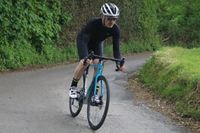
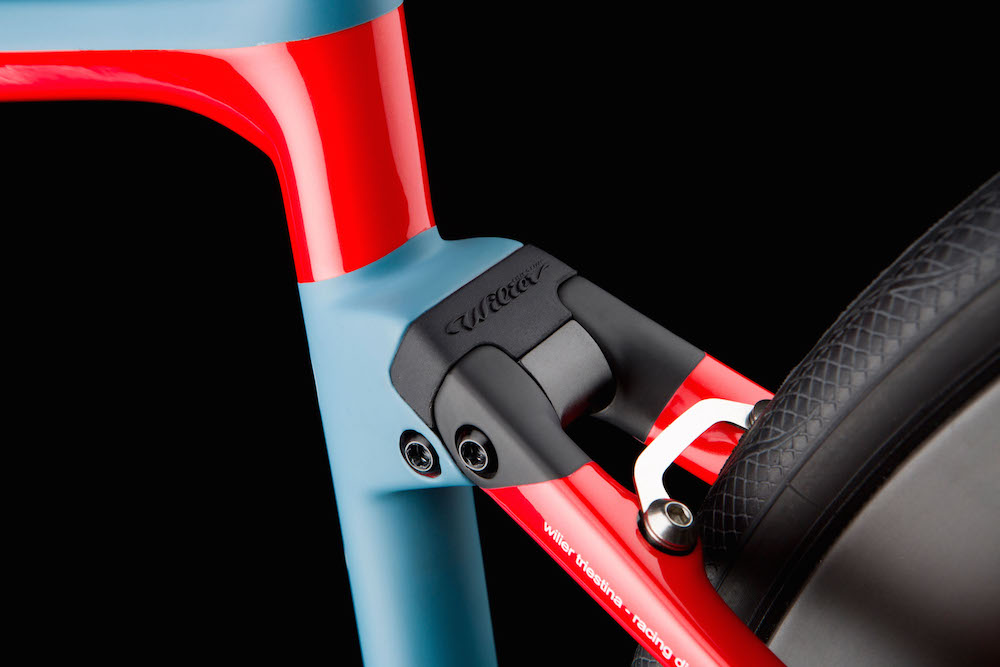
This year, Wilier has been building on its Cento10 platform. Launched last year, the Cento10 Air features NACA aero profiles and a high level of integration, with its gear cables hidden in its Alabarda integrated bar. It’s designed for racing and was the bike used by the Wilier Triestina-Selle Italia team in last month’s Giro d’Italia.
The new Cento10 NDR is a high end endurance bike, aimed at long distance rides and the less race-oriented rider. The chief comfort feature in the new model is its Actiflex suspension built into the top of the seat stays.
Here's Wilier's rather nice, very Italian launch video.
Within the carbon layup of the round profile down tube is a pivot, which links to the top of the seat stays via a metal linkage with two hinges. This allows the seatstays to move up and down relative to the seat tube, but still ensures a lot of lateral rigidity to the seat stay-seat tube junction.
Wilier claims better rigidity than Pinarello’s shock absorber design on its Dogma K8-S. Its system also keeps the geometric relationship between the seat and the bottom bracket constant, unlike some other brands’ suspension systems.
Above the suspension linkage sits a “technopolymer” shock absorber. Wilier makes this in three different grades, with softer ones fitted to smaller frames and harder ones to the largest sizes, so that the flex is tuned to rider size. It also sells shock absorbers separately if you want to fine tune the bike’s suspension. They’re relatively easy to change.
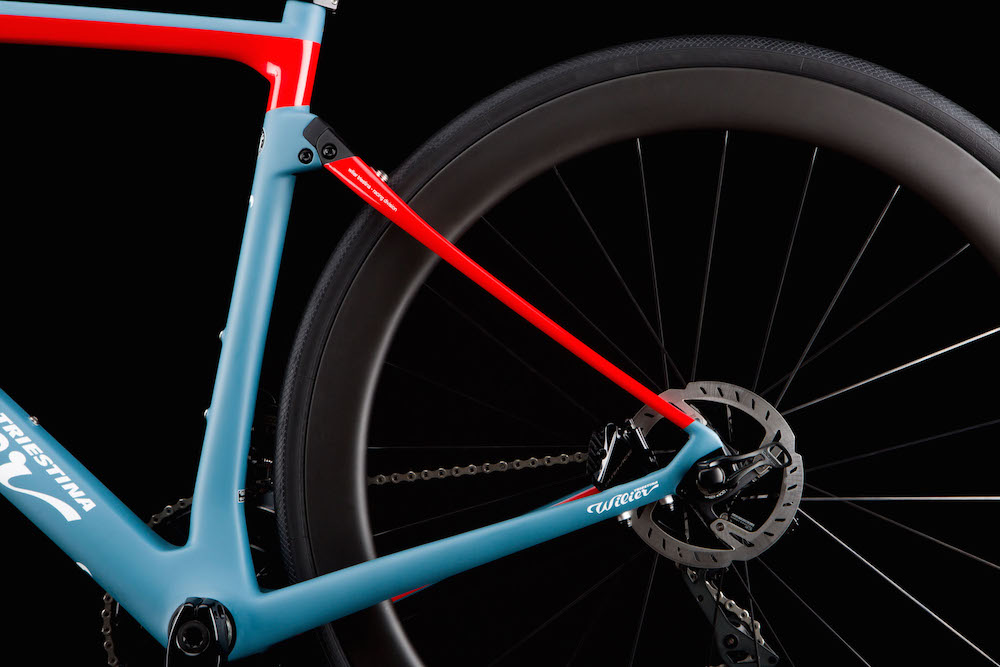
The NDR’s chainstays are designed to flex along their length as the suspension is working, with the chainstays and seatstays made as a single piece.
The latest race content, interviews, features, reviews and expert buying guides, direct to your inbox!
An important characteristic of the polymer used for the shock absorber is that it is resistant to the weather. Wilier says that it retains the same suspension characteristics between -40C and +150ºC. It doesn’t degrade over time either.
Wilier has tested its suspension system using a range of accelerometers attached to the bike frame and says that it will reduce vertical movement of the bike frame by up to 70%. There’s a video of it in action here.
New frame design
The Cento10 NDR’s endurance features aren’t limited to the rear of the bike though. Like the original Cento10 Air, the Cento10 NDR is built around NACA Kammtail low speed aerofoil sections, so it’s aero, although the seat tube and seat post have a round cross-section to increase compliance. The frame is also more built out than the Cento10 Air around the bottom bracket to ensure that it retains lateral stiffness despite the pivot in the rear triangle.
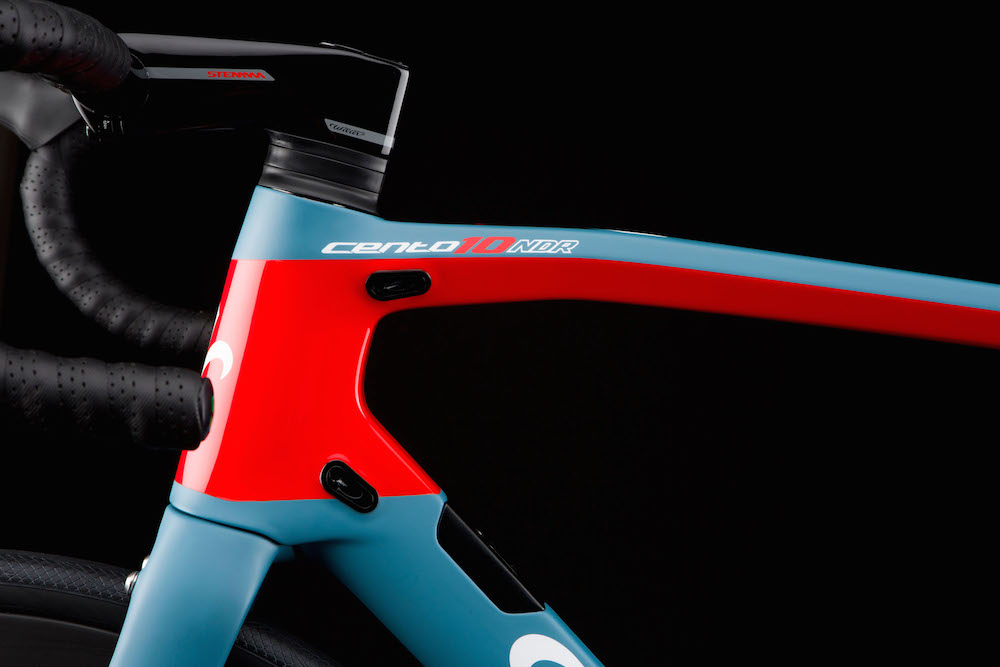
Wilier has also increased the frame’s stack and reduced its reach relative to the Cento10 Air, for a more comfortable, upright riding position. The head tube is significantly longer too. This means that you can get the bars higher without needing to run a large number of spacers below the stem, improving front end rigidity and aesthetics.
Wilier has extended its balanced design principle to the frame too, so each size has different tube profiles and carbon lay-up to ensure similar ride characteristics throughout the range. It quotes a painted frame weight of around 1080g.
Flexible build options
Wilier has designed the ability to handle different spec options into the NDR’s frame too. So although the bike is geared towards disc brakes, it retains direct mount rim brake bolts. And it handles front and rear 12mm thru-axles, the latter 142mm wide, as well as quick release wheels with 130mm rear spacing, via a set of swappable drop-outs.
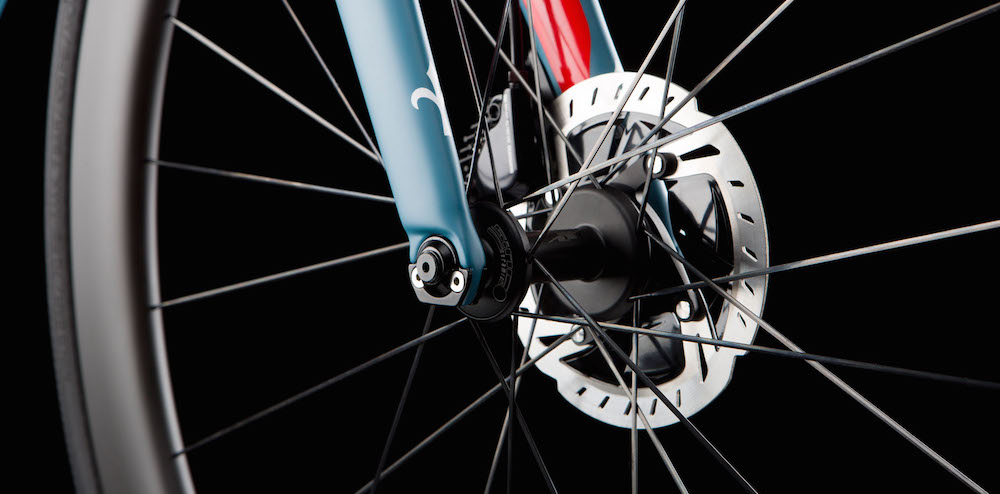
There’s plenty of space for wider tyres too; Wilier says that with rim brakes the frame will clear 28mm tyres and with disc brakes up to 32mm.
Integrated cable routing
Wilier has extended the very clean front end provided by the Cento10 Air’s Alabarda aerobar to the Cento10 NDR too.
To add more adjustability, the Cento10 NDR comes with a separate bar and stem. But the cables and hydraulic brake hoses still run inside the bar and through a hole into the hollow stem.
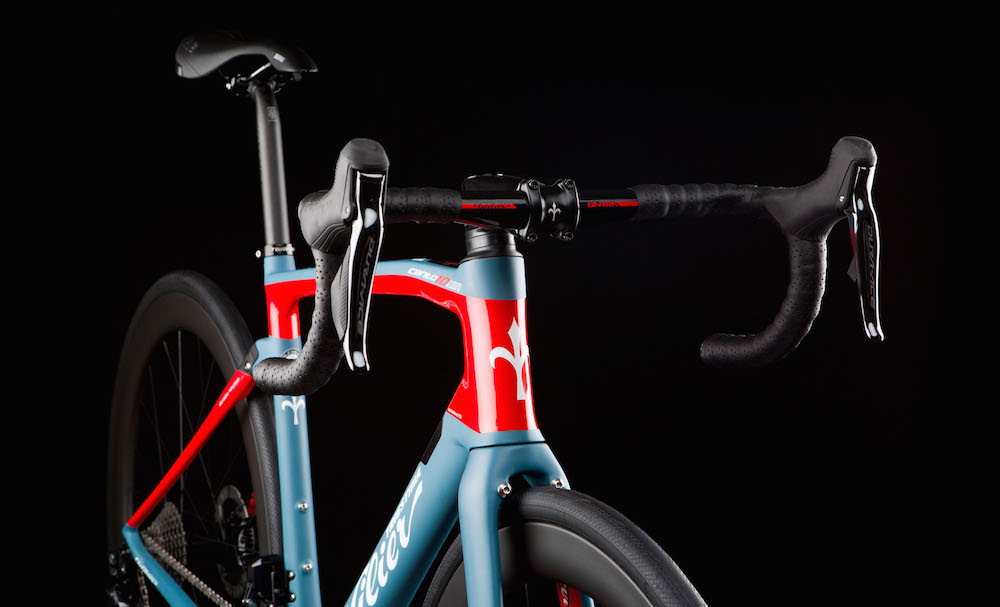
The stem has a chunky design at the front, but a rear like the Alabarda, so the cables and hoses can run inside the head tube and into the frame’s main tubes, emerging only where they need to, to activate the brakes and derailleurs.
With an electronic set-up, all the hoses and cables run completely internally. The front brake hydraulic hose passes through a hole in the inside of the fork crown into the fork leg, so it’s invisible from the lever until it emerges just above the brake caliper.
The only time when there’s any visible cabling is with a mechanical groupset, where the rear mech cable runs externally from the centre of the bar to a port in the down tube.
Wilier will sell its new stem in lengths from 90mm to 135mm and its bar from 40 to 44cm widths.
Wilier markets the Cento10 NDR as a premium endurance bike and its prices reflect this. The range starts at £4800 with Shimano Ultegra and Shimano WH6800 wheels. Go for Dura-Ace Di2 with DT Swiss ERC1400 Spline wheels and it tops out at £9300.
First ride impressions
We rode the new Cento10 NDR for a couple of hours through the hills around Padua. The route included ups and downs, back roads, gravel and cobbles.
With pressure in the 28mm tyres dropped to around 65psi, you could feel the ride smoothing properties of the Actiflex suspension, particularly over cobbles, and see it in action on the bike you were following. Despite this, there was no bobbing when climbing out of the saddle.
Wilier’s position does not feel particularly upright either, so you do not feel held back on faster road sections and descents. It’s comfortable to ride in the drops for longer periods.
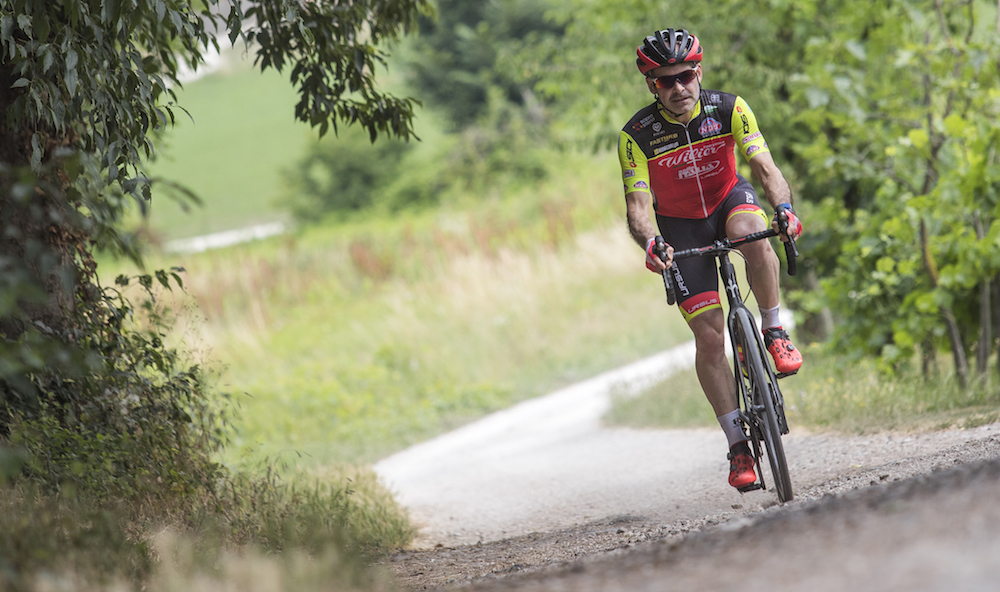
The Cento10 NDR feels like a bike well suited to UK conditions. It should cope well with rougher road surfaces and handle light off-road comfortably, while the option to add chunky tyres along with its disc brakes should give competence in wetter, winter conditions.
We’ll be getting a Cento10 NDR in for test later in the year, so look out for a full review on UK roads, but our initial impressions were very favourable.
Paul started writing for Cycling Weekly in 2015, covering cycling tech, new bikes and product testing. Since then, he’s reviewed hundreds of bikes and thousands of other pieces of cycling equipment for the magazine and the Cycling Weekly website.
He’s been cycling for a lot longer than that though and his travels by bike have taken him all around Europe and to California. He’s been riding gravel since before gravel bikes existed too, riding a cyclocross bike through the Chilterns and along the South Downs.
